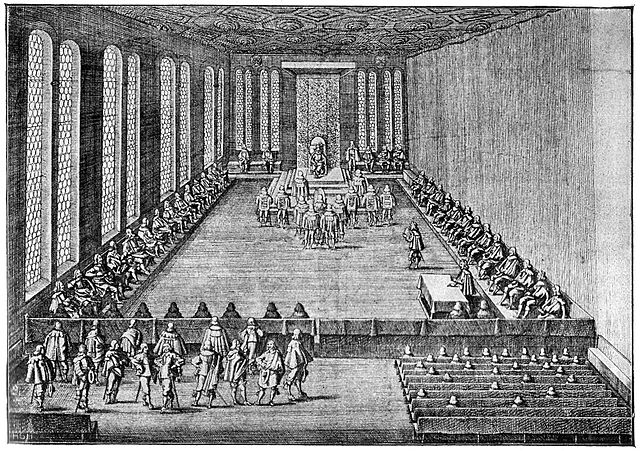Reuss was the name of several historical states located in present-day Thuringia, Germany. Several lordships of the Holy Roman Empire which arose after 1300 and became Imperial Counties from 1673 and Imperial Principalities in the late 18th century were ruled by the House of Reuss.
Coat-of-arms of the Vogts of Gera (1370), since the mid 15th century also of the Vogts of Plauen and the Lords Reuss of Plauen
Plauen city and castle (1859)
Osterburg Castle at Weida
Osterstein Castle at Gera (until 1918 state capital of the Principality of Reuss Younger Line)
Imperial Count was a title in the Holy Roman Empire. During the medieval era, it was used exclusively to designate the holder of an imperial county, that is, a fief held directly (immediately) from the emperor, rather than from a prince who was a vassal of the emperor or of another sovereign, such as a duke or prince-elector. These imperial counts sat on one of the four "benches" of Counts, whereat each exercised a fractional vote in the Imperial Diet until 1806. Imperial counts rank above counts elevated by lesser sovereigns.
Meeting of the Perpetual Imperial Diet in Regensburg in 1640, after an engraving by Matthäus Merian
Patent awarding the title of Imperial Count to Baron Anton Schenk von Stauffenberg, by Emperor Joseph II, 1785






